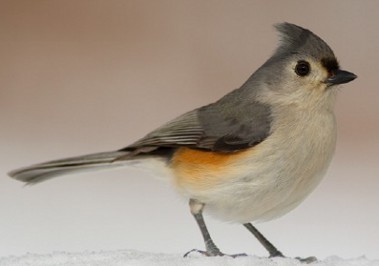Birds
Category: Birds Other

Facts about Birds, The birds evolved about 150 million years ago from a group of reptiles the developed feathers instead of scales and began to use their forelimbs as wings for flying. The main advantages of flight were to escape predators and to capture sources of food such as flying insects.
These energetic birds developed the ability to control the temperatures of their bodies, and became warm blooded. This made the birds the most successful group of animals in the world, and they outnumber mammals. There are 9,000-10,000 species of birds and 4,475-5,000 species of mammals.
The demands of flight mean that all birds have a similar appearance, but have adapted a wide range of lifestyles.
A bird's way of life is shown by the position of its eyes. For example the owl, which hunts small animals at night have large forward pointing eyes, talons for grabbing their prey and hooked beaks for tearing flesh. On the other hand, a woodcock has eyes on either side of its head to watch for predators and a long beak to probe for worms.
Other birds have feet adapted for perching running, climbing, wading, or swimming and their beaks are adapted for eating foods such as insects, seeds, plants, fish and shellfish. For example, the avocets use their long upturned beaks to skim insects from the surface of mud or water and a swift uses its wide gaping beak to catch insects in mid-flight.
Like reptiles, birds lay eggs, but their behavior is more complicated before and after egg laying. Many males establish their rights to territories by calling or displaying their plumage. Their feathers are often more colorful than the females and they are used to attract females for mating.
Most of the time birds lay their eggs in nests, but these types of nests vary considerably. Some nest are on the ground and some are more elaborate, and are made of grass, mud, and twigs. Some birds use old nest in tree trunks made by woodpeckers.
After the eggs are hatched their parents care for the young birds until they are ready to leave the nest.

 Back To Category Birds Other
Back To Category Birds Other